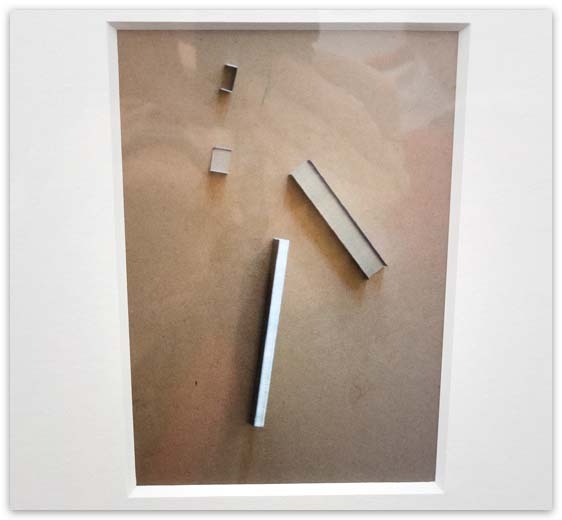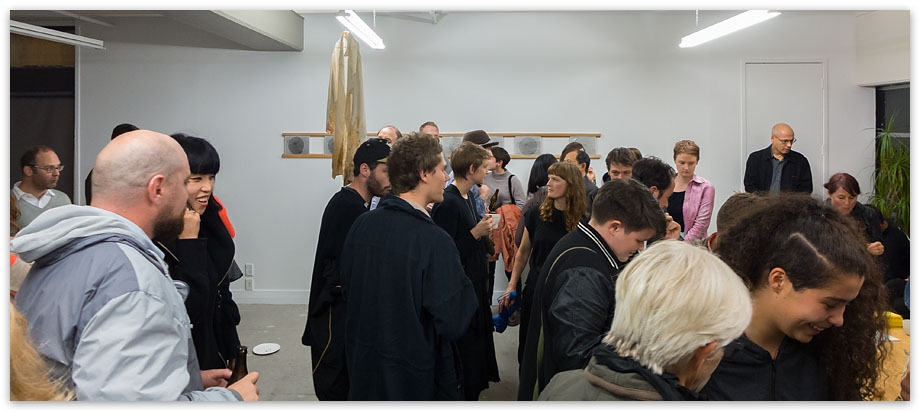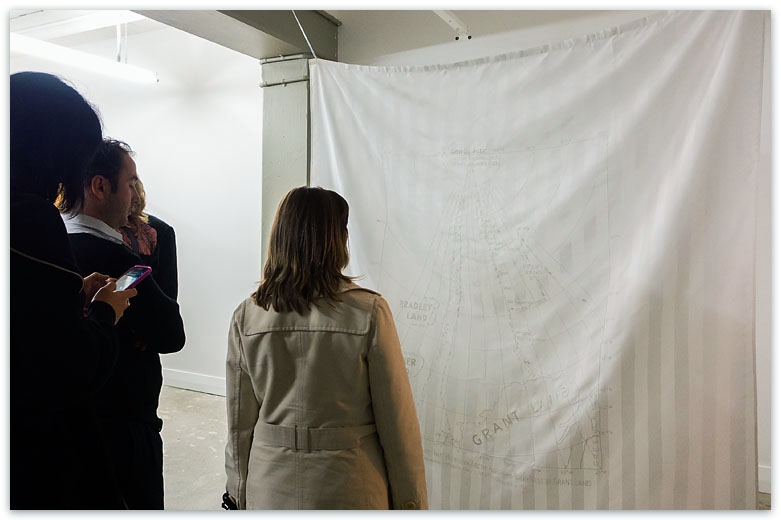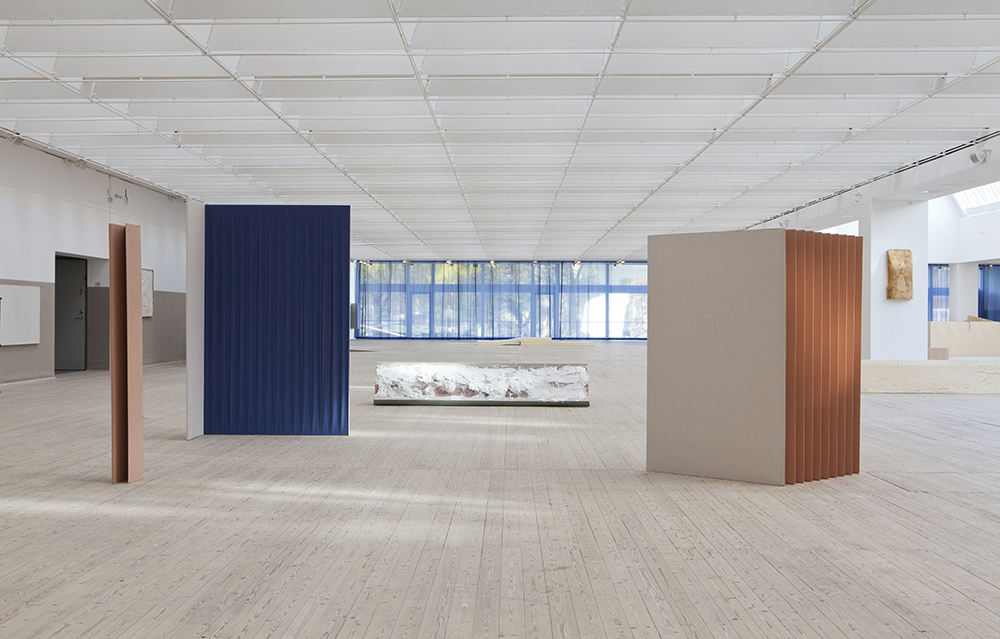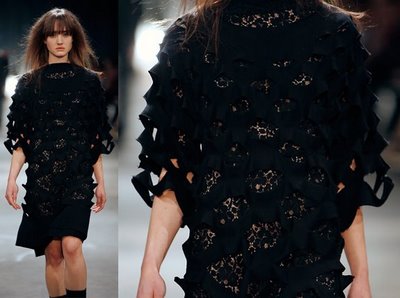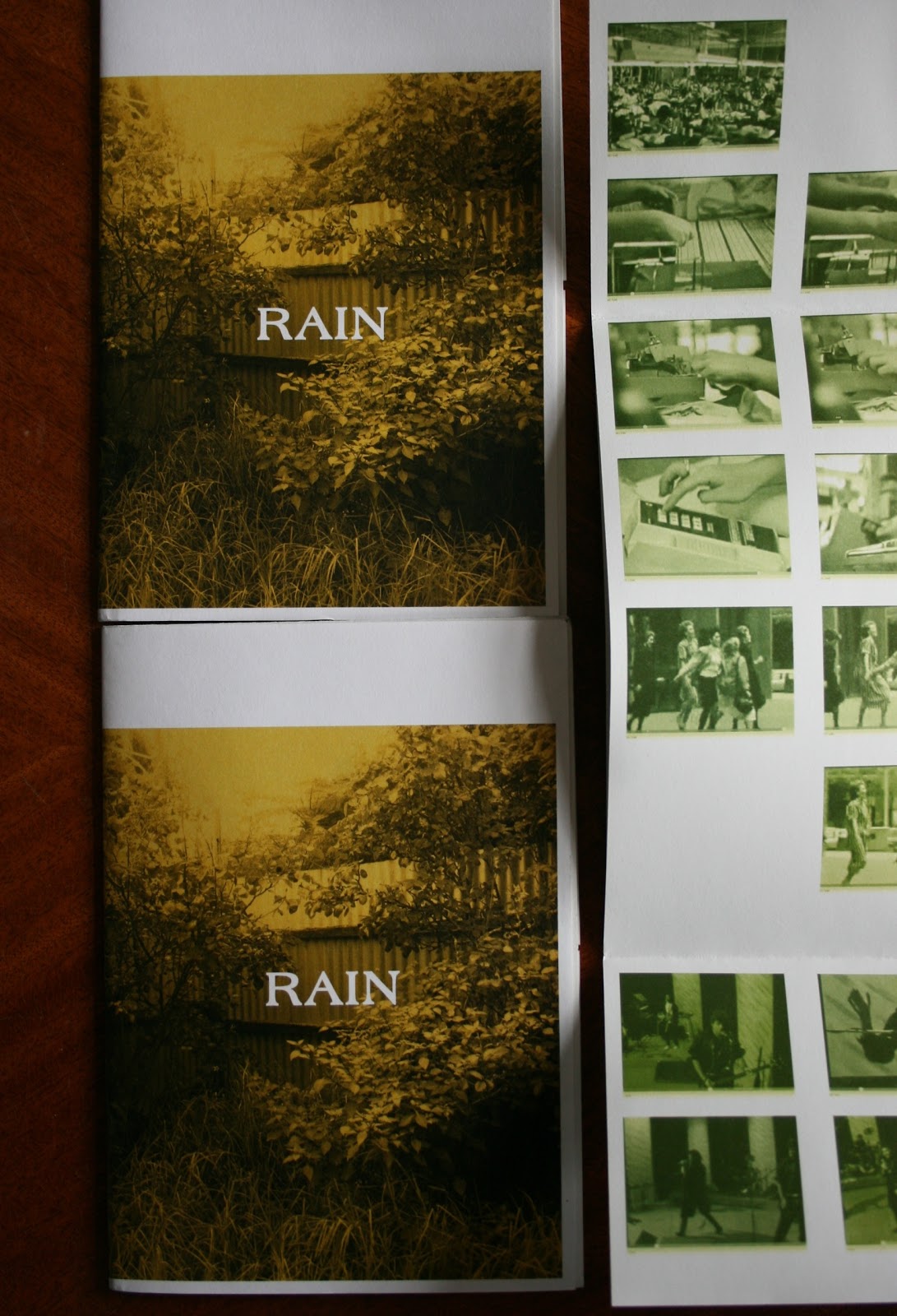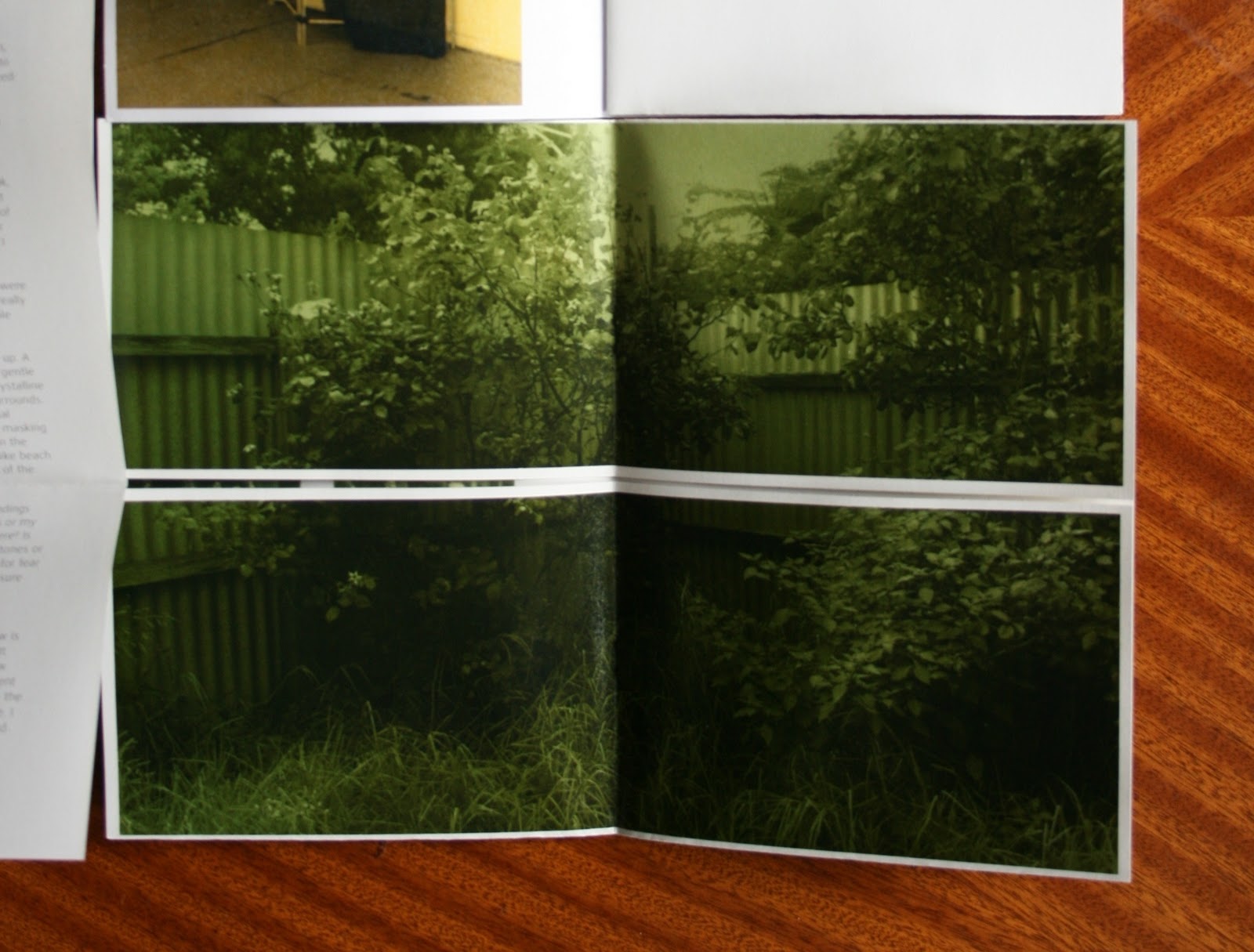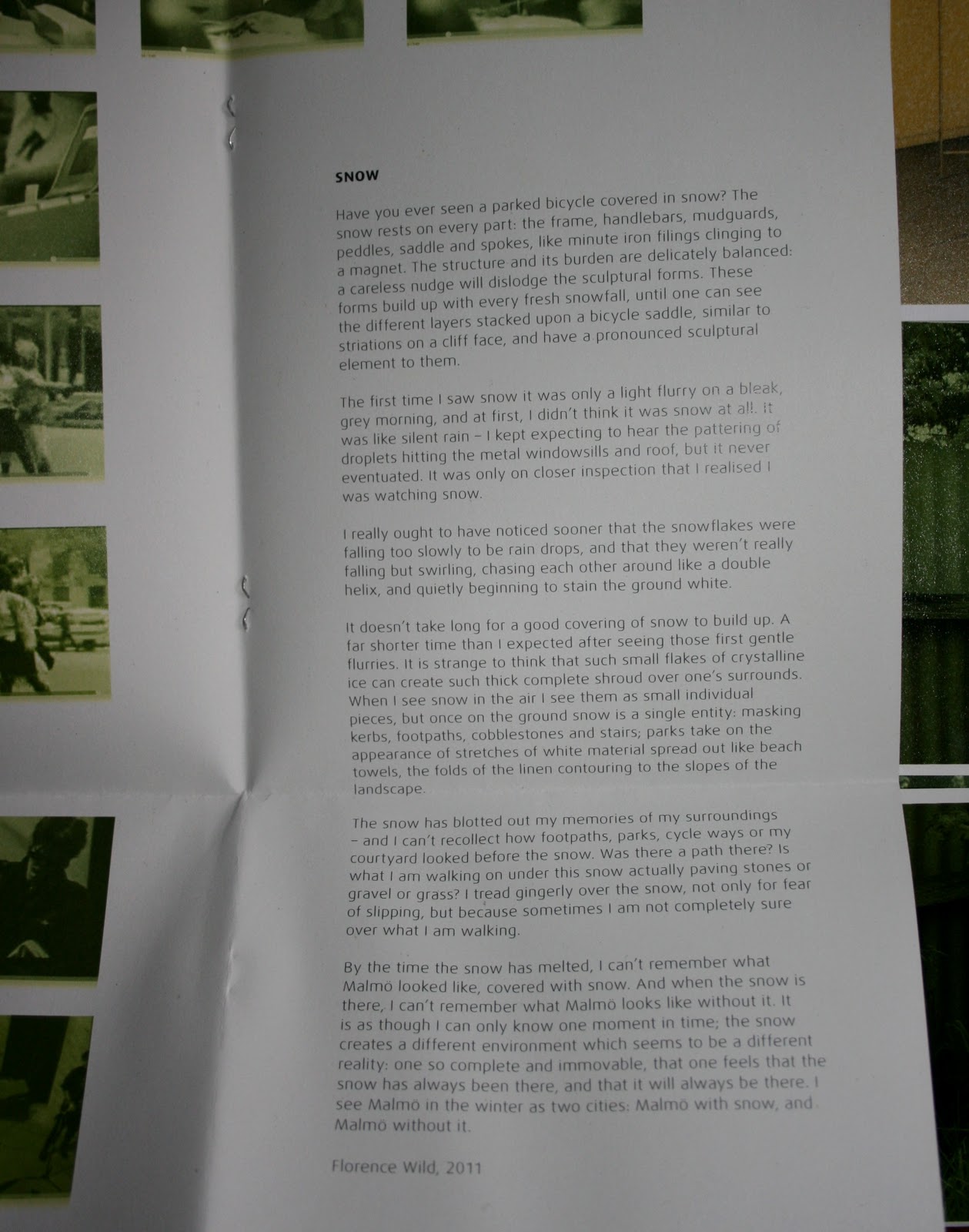Charles Ninow from 'Dance Yourself Clean' at Ozlyn.
Last month my friend Charles had a show at a gallery in Auckland. He asked me to write a short piece to accompany the works. This is what I wrote.
- The library I work at in Sweden has a split personality. One half in Swedish, the other English. The signs, the books, the general information, the students: both in Swedish and in English. I spend a lot of my time translating text from English into Swedish, and vice versa. In high school I studied Japanese. But now whenever I try to think of words, phrases or sentences in that language it comes out as Swedish. I guess my head only has the capacity for two languages at one time.
- In the early twentieth century, Malmö – the Swedish city I live in – had a city registry for dogs. Every hound, pooch, mongrel and bitch was duly recorded and archived. I learnt this on a trip to Malmö’s city archive with the Interloans team of which I am affiliated with. Did this mean that in circa 1910 there were no stray dogs in Malmö??
- At the library, we are currently in the process of transitioning over to the Dewey Decimal Classification System. Previously, they used SAB (the Swedish Classification system) which ordered material into different fields using letters as Dewey does with numbers.Letters into Numbers. The transition is an ongoing project, and at present both systems rub shoulders with each other on the shelves which the collection of numbered books steadily increases, while the lettered collection slowly fades away. It seems strange to think about numbers replacing letters in a building housing the written word. I could say it’s the way of the future, but it’s been around since 1876.As a library assistant, one of my particular roles is to change books over from SAB to DDC. It is a mind-numbingly simple task: delete some letters, add some numbers. Suddenly a book is reclassified – if it could think it would most likely have an existential crisis.If they could invent a machine to do this task they would.
- Every dog owner was required to pay a ‘dog tax’ in order to keep the animal; hence the registry. The dog tax wasn’t much – perhaps a couple of öre. In fact, the monetary unit ‘öre’ is obsolete now, finally phased out a few years ago like the 5 cent coin. What was once the cost of registering your dog these days wouldn’t even get you a match stick (incidentally, a Swedish invention). The dogs were well documented – noted down were their respective breed, age, colouring and address, as well as the name of the owner and that of the dog. I would like to say that the dog registry was organized by the name of the dog, but on second thoughts, now I can’t be certain.
- The Swedes, being stereotypically a socially tolerant society, are not especially taken with the Dewey Decimal System. They believe it sexist, racist; too hierarchical. I would say they are probably right. Take for example, the 200’s:Religion.200 – Religion / 210 – Natural theology / 220 – Bible / 230 – Christian theology / 240 - Christian moral & devotional theology / 250 – Christian orders & local church / 260 – Christian social theology / 270 –Christian church history / 280 – Christian denominations & sects / 290 – Other & comparative religions.But I guess when your classification system is invented by a 25 year old white Christian male, what can one expect?
- Like baby names, ships names, and street names, dog names fall in and out of fashion. In Malmö at the beginning of the twentieth century, ‘Boy’ was THE NAME to call your dog. An exorbitant number of dogs were registered under the name Boy. Why was this? Boy is not a Swedish name. Heck, it’s not even a Swedish word. Were unsuspecting Swedes reading English literature and mistaking the generic phrases of ‘Good boy!’, ‘Who’s a good boy?’ as the poor mutt’s actual name? Or perhaps this was the Swedish dog equivalent of John Doe – a dog with no name. I image this heightened popularity in the name Boy would be particularly problematic when one needed to beckon their faithful companion.
